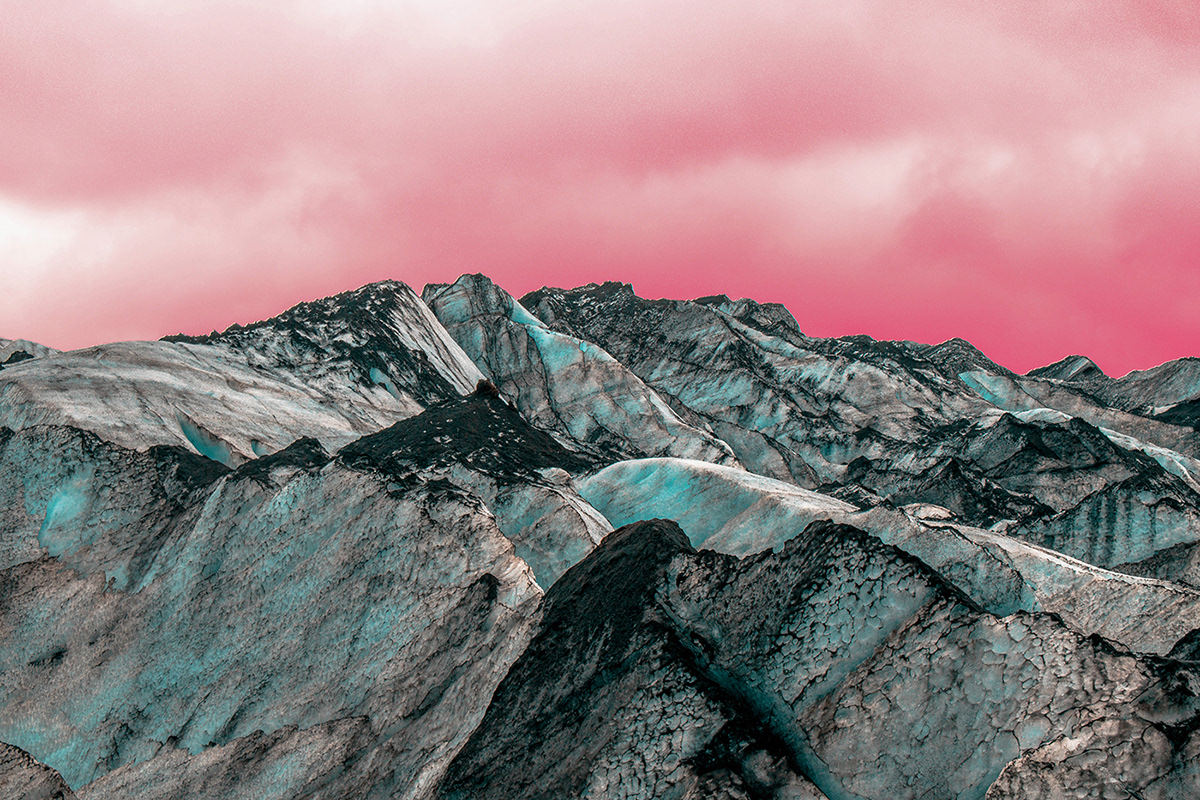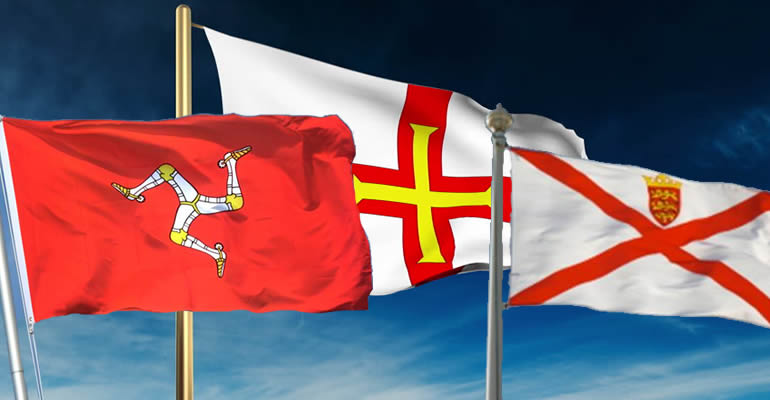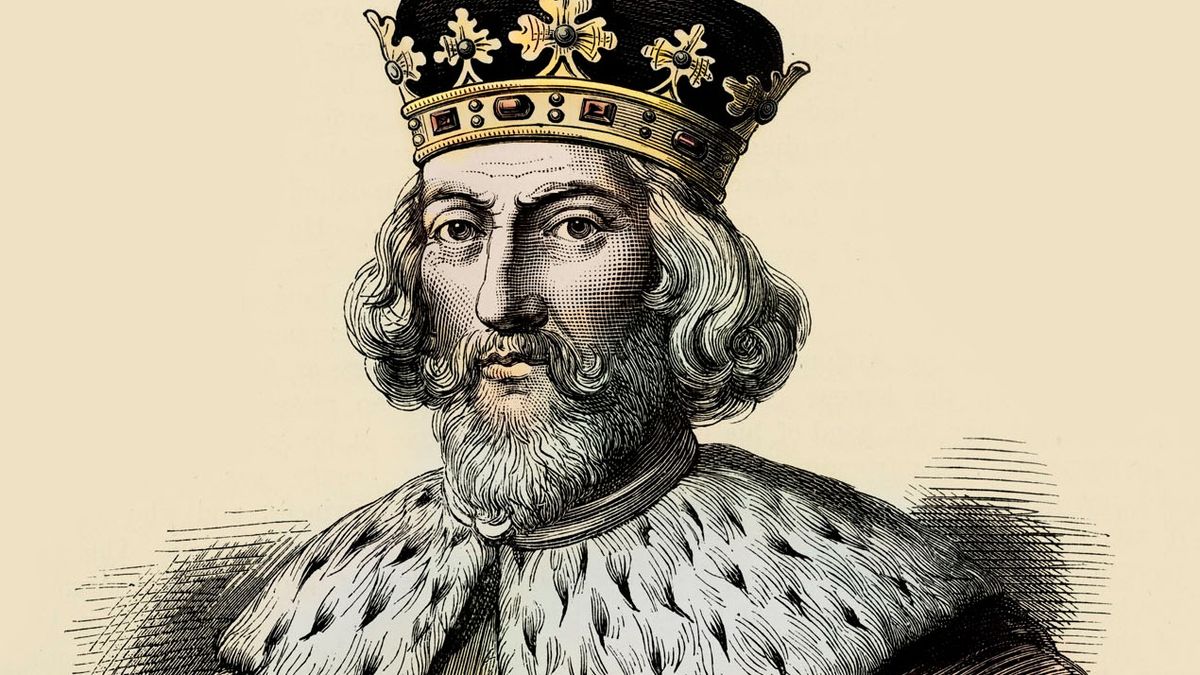What you want to explore?
For my personal study I would like to explore the relationship (similarities and differences) between nature and the man-made, which will likely have a greater focus on nature (natural landscapes, trees, objects, etc…) with mad-made elements (such as objects, buildings, infrastructure, etc…). I would also like to explore landscapes (and maybe some still-life) from the genre of surrealism and abstract photography, which will blend the ideas of nature and man-made together to create something otherworldly. I chose these genres as they are the genres that I enjoy photographing the most, which will then make the project more enjoyable and will produce stronger final pieces.
Why it matters to you?
I think that, like many others, climate change and man’s affects on nature has become a concerning issue that needs to be at least attempted to be helped. By photographing nature and perhaps some parts of human existence (cities/towns/etc…), I hope to learn more about, and connect myself to, nature and mans effects on the earth. By using surrealism, the themes will be combined to show the affects of mankind on nature, showing something unfamiliar, showing how the modern world has affected humanity’s view on nature itself and highlighting the damage already one.
How you wish to develop your project?
I want to develop my project into a statement about the affects people have on nature and using an abstract/surreal aesthetic to represent these, turning it into something perhaps beautiful, while simultaneously being disturbing in the sense of being otherworldly.
When and where you intend to begin your study?
I will start by searching for photographers who specialise in surreal landscape photographs to give me ideas and inspiration for what kind of photographs I will take, how, and to what effect. I will likely choose to photograph an area close to nature for my first photoshoot, such as woods or coastlines, both of which will provide a very different landscape.
Moodboard of Early Ideas


I like these images as the use of a slow shutter speed gives the water an almost ‘misty’ look instead of what would usually be seen, giving it a very surreal/otherworldly feel. I will probably not try to make images exactly like this as these seem to be more ‘artistic’ than contemporary.

This is a simple effect that I can create on photoshop which gives the image an odd effect, especially when the image includes a sky, as it gives it a literal otherworldly look. I will likely not do something like this but it is something to think about.

I like how this image uses an artificial light as it gives an otherwise cold setting (a snowy forest) a warm tone, giving a nice contrast which would be nice to explore under this scope.

I think the way this image uses the water’s reflection to mirror the landscape above it, while also having the leaves floating in the water in the shot gives the image a unique look which would be interesting to recreate in this project.

I think the way the photographer has manipulated the colour in this landscape is something I could take inspiration from, as it gives the image an otherworldly look
Final Piece Ideas (Photographers)
These are some photographers I have found which I could use as inspiration for my final pieces at the end of this project:
Debe Arlook

Gert Motmans

Tong Lam

Effie Paleologou


























































































































